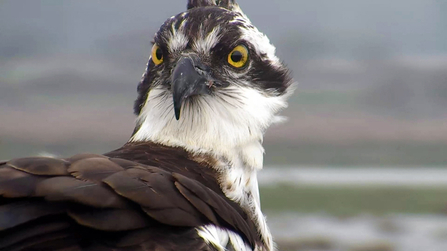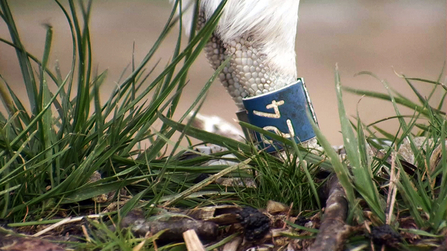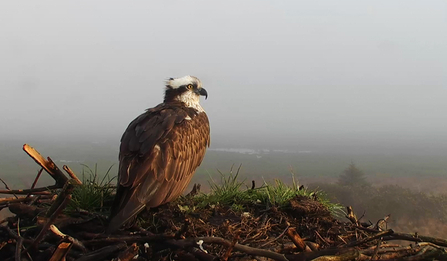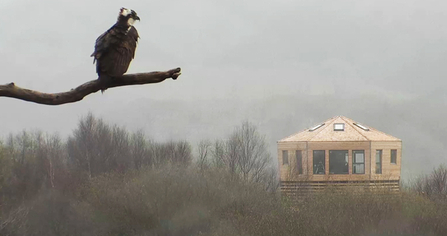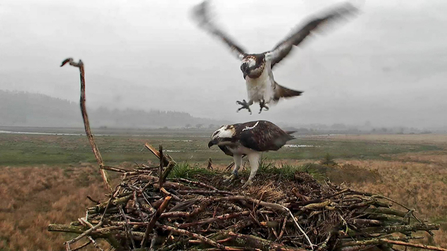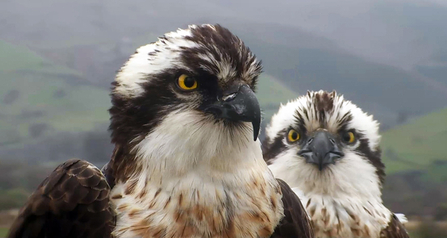It’s been a frantic week on the Dyfi - things are never simple are they!
Who is Dai Dot?
Dai is a male bird that has been around the Dyfi for a number of years. We first spotted him in 2011, but we have seen him regularly in 2012 and in 2013.
We call him Dai Dot as he has two prominent white plumage marks above his beak. Dai sounds like ‘dau’ in Welsh, which means two. So Dai Dot - two dots!

